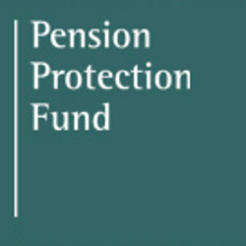Charities and other not-for-profit entities are almost four times less likely to go bust than commercial organisations, data published by the Pension Protection Fund indicates.
The PPF levies money from employers to ensure employees in defined benefit pension schemes still receive most of their pensions in the event of insolvency.
It has published the insolvency figures as part of a consultation into how it should assess contributions.
The PPF recorded only 28 insolvencies of not-for-profit (NFP) entities in the eight years it has been collecting data. This represents an insolvency rate of just 0.25 per cent a year, compared to 0.92 per cent for all organisations it monitors.
The amount of money employers must pay into the PPF is largely based on their likelihood of becoming insolvent. As a result of the low figures for NFPs, the PPF is reassessing how it calculates what charities must pay into the fund, with the likelihood charities may face lower bills in future.
The PPF said not-for-profit entities are an area of its consultation where it is “particularly keen to have stakeholder input”.
It said that when testing its model for calculating levies, it became clear that more work needed to be done on NFP entities.
“As the data used to develop the model was overwhelmingly based on commercial organisations, the standard model proved less able to rank NFPs accurately,” the consultation document said.
“In addition the overall predicted insolvency rate using the standard model generated for the sector was significantly higher than the observed insolvency rate. This suggested that using the existing scorecards might not be optimal.
“Not-for-profit entities are in general lower risk than commercial organisations.”
The PPF figures may not accurately reflect the likelihood of charity insolvencies. The figures used by the PPF apply to all NFP entities, not just charities. And charity employers are more likely than commercial organisations to be members of multi-employer schemes, where employers share risk and pay levies collectively.
Charities are also more likely than private companies to be members of local government schemes, which are not members of the PPF because they are guaranteed by the state.
These facts could distort the figures, because if charity members of these schemes became insolvent, that insolvency would not be recognised by the PPF.









